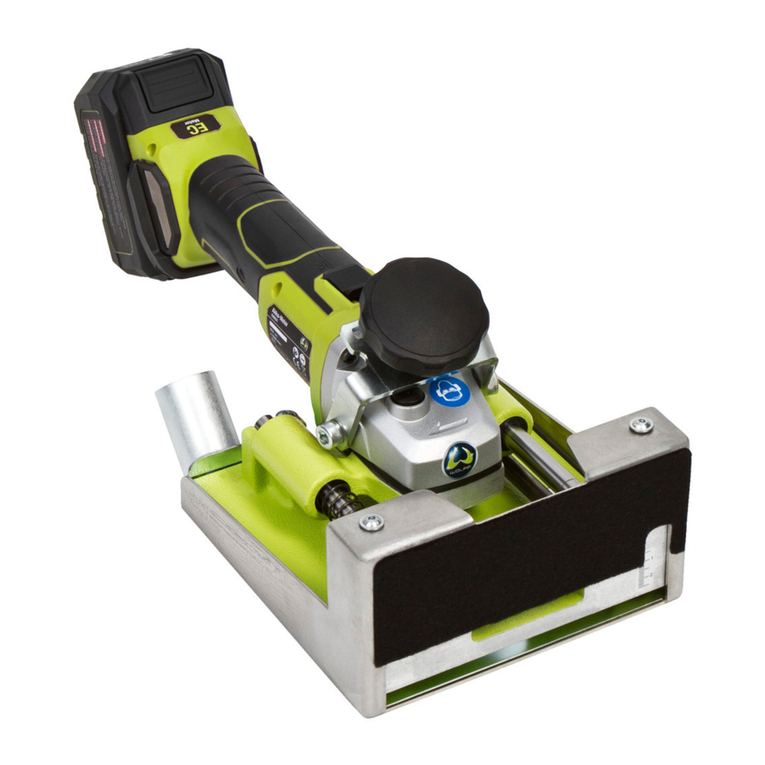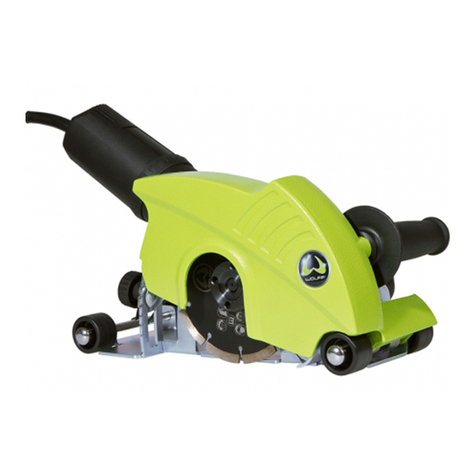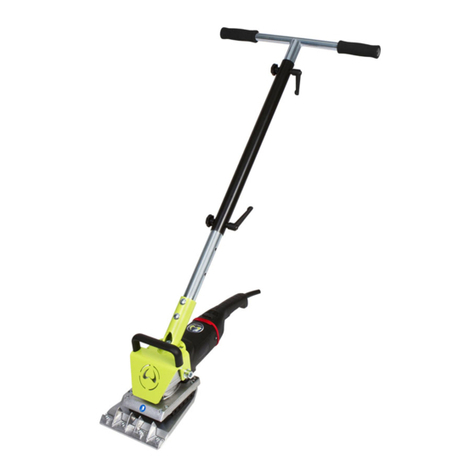
3
TABLE OF CONTENTS
SUBJECT PAGE
Background, Technical Support, and Trademark Usage...........................................................2
Table of contents .................................................................................................................3
A-1-OGU conversion kit installation instructions ....................................................................4
Installing Diamond sharpening wheel ................................................................................4
Installing OOKAMI GOLD® polishing wheel .................................................................4
Part names for Scissors and Shears Sharpener .........................................................................5
Set up and safety .......................................................................................................................5
Machine maintenance ...............................................................................................................6
How to change the wheels ........................................................................................................7
Steps to sharpen OOKAMI GOLD® style convex shears
Step 1: Taking shears apart .................................................................................................7
Step 2: Installing the clamp.................................................................................................8
Step 3: Clamping scissors ...................................................................................................8
Step 4: Setting cutting angle ...............................................................................................8
Step 5: Sharpening each blade on the diamond wheel........................................................8
Step 6: Deburring ................................................................................................................9
Step 7: Polishing the blades ................................................................................................9
Step 8: Assembling the shears............................................................................................12
Step 9: Polishing the shears................................................................................................13
Step 10: Testing the shears...................................................................................................13
Step 11: Checking the set of the blades ...............................................................................14
Step 12: Balancing the shears ..............................................................................................15
Step 13: Sizing the blades ....................................................................................................15
Step 14: Matching the tips....................................................................................................16
Step 15: Cleaning and lubricating the shears .......................................................................16
How much to charge ................................................................................................................17
Special instructions for left handed shears...............................................................................17
Corrugating instructions...........................................................................................................18
Frequently asked questions......................................................................................................19
Convexing a bevel edge shear..................................................................................................21
Converting from 110 volt to 220 volt, with existing switch ....................................................22
Converting from 110 volt to 220 volt, with new switch ..........................................................23
Scissors and shears terms dictionary........................................................................................24
Parts included with the OOKAMI GOLD®sharpening system ..............................................29
OOKAMI GOLD®special tools..............................................................................................30
Parts list for clamps..................................................................................................................31
Parts list for OOKAMI GOLD®scissors sharpener................................................................32
Limited Warranty, Disclaimer, and Guarantee.........................................................................34


































